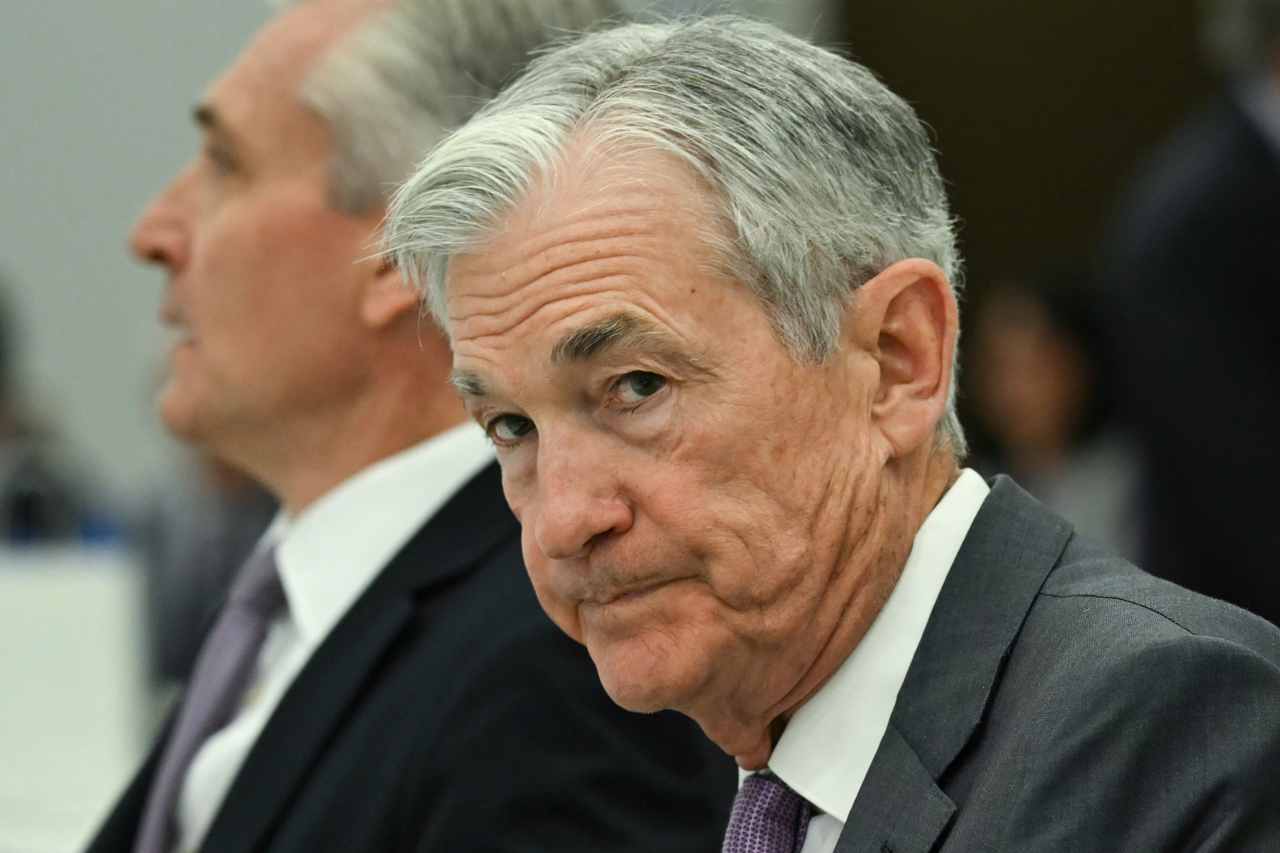The Bottom Line of the Jobs Report: No Rush for the Fed to Cut Rates

Not as bad as feared but not as good as it looks. That’s what the latest employment data show. But for financial markets, the numbers suggest that the Federal Reserve may be slower to lower interest rates, contrary to President Donald Trump’s increasingly strident calls for cuts.
Nonfarm payrolls rose 139,000 in May, the Bureau of Labor Statistics reported on Friday, which surpassed the consensus of economists’ forecast of a 126,000 gain, as well as increasingly gloomy expectations based on other, alternative indicators, such as private-sector tallies of payrolls, layoff announcements, and unemployment claims. The headline jobless rate, derived from a separate survey of households, also held at a low 4.2% last month.
Significant asterisks should be added to those numbers, however. The payroll tallies of the two preceding months were revised down by a hefty 95,000 in the survey of business establishments. At the same time, the household survey found a 625,000 decline in the labor force, which helps the jobless rate since those not in the workforce aren’t counted as unemployed.
Yet for those on the job, pay was rising. With average hourly earnings up more than expected, by 0.4% in May, the economics team at Piper Sandler led by Nancy Lazar estimated that incomes rose a “solid” 0.5% in the latest month and at a 6.1% annual rate over the past three months. They added in a client note on Friday that should be “very supportive of consumer spending.”
But as usual, that good news was taken as bad news by the bond market, which sharply lifted yields as it dialed back expectations for Fed cuts later in the year. The two-year Treasury note, perhaps the best litmus test of central-bank rate expectations, jumped back above 4%, to 4.05%, after having dipped as low as 3.73% in late May. The benchmark 10-year note bounced back to 4.5%, which has proved to be a key level for the stock market .
Trump, not surprisingly, sees it differently, again urging the Fed to lower rates. “AMERICA IS HOT! SIX MONTHS AGO IT WAS COLD AS ICE! BORDER IS CLOSED, PRICES ARE DOWN. WAGES ARE UP!” he wrote on Truth Social . He called on the Fed to lower its policy rate by a full point, which the futures market doesn’t see happening until later in 2026.
As for Trump’s characterization of conditions compared with six months ago, the heat is shown by income gains pointed out by Piper Sandler. But the trend in payroll growth has been cooling, which began under his predecessor and has continued in his term. The recent deceleration, moreover, reflects Trump’s border shutdown and its impact on immigration.
As the nearby chart shows, hiring has been relatively steady in 2025. But the three-month average has drifted down from the past year, including a soft patch in mid-2024.
Morgan Stanley economists note that tighter labor supply—resulting from immigration restrictions and lower labor-force participation rates—has held down the unemployment rate recently. At the same time, workers have seen solid wage growth despite slowing payroll increases. With deceleration in the labor force, it takes less hiring to maintain a jobless rate consistent with full employment.
The prospect of 1.3 million deportations over the next year, which would be cleared under recent Supreme Court rulings, would imply that monthly nonfarm payroll rises of just 70,000 would be needed to keep the jobless rate at current levels later this year, and just 50,000 monthly hires to maintain full employment in 2026, Morgan Stanley estimates.
As for the administration’s other key policy initiatives, tariffs so far are having negligible effect on employment. That’s because job growth continues to be paced by the service sector, which is mostly insulated from international trade. In the latest month, healthcare jobs rose by 78,000 while leisure and hospitality employment grew by 48,000, accounting for the lion’s share of the 140,000 gain in private payrolls.
The economy’s growth depends on the supply of labor, multiplied by its productivity. On the latter score, productivity shrank at a revised 1.5% annual rate in the first quarter, down from the originally estimated 0.8% and the first decline since the second quarter of 2022. As a result, unit labor costs jumped at a revised 6.6% rate in the latest quarter, up from 5.7% previously reported. Compared with a year ago, union labor costs were up 1.9%, versus a previously reported 1.3%.
For Fed policymakers, the latest data provide no reason to cut rates, despite political pressures. Gross domestic product is seen growing at a 3.8% annual rate in the current quarter, according to the Atlanta Fed’s GDPNow estimate , compared with the 0.2% revised contraction in the prior quarter. Those numbers mainly reflect swings in trade—with a first-quarter rush in imports to beat “Liberation Day” tariffs—which plunged in April. Imports have a minus sign in the GDP sums, but recently mainly reflect the anticipated tariff impacts.
For now, anyway, the labor market reflects both restrained demand, as employers contemplate uncertain tariffs and taxes, and supply constrained by immigration and the aging demographics of the U.S. population. Neither of which can be affected by the Fed’s manipulation of short-term interest rates, regardless of the president’s preferences.
Write to Randall W. Forsyth randall.forsyth@barrons.com
Post a Comment